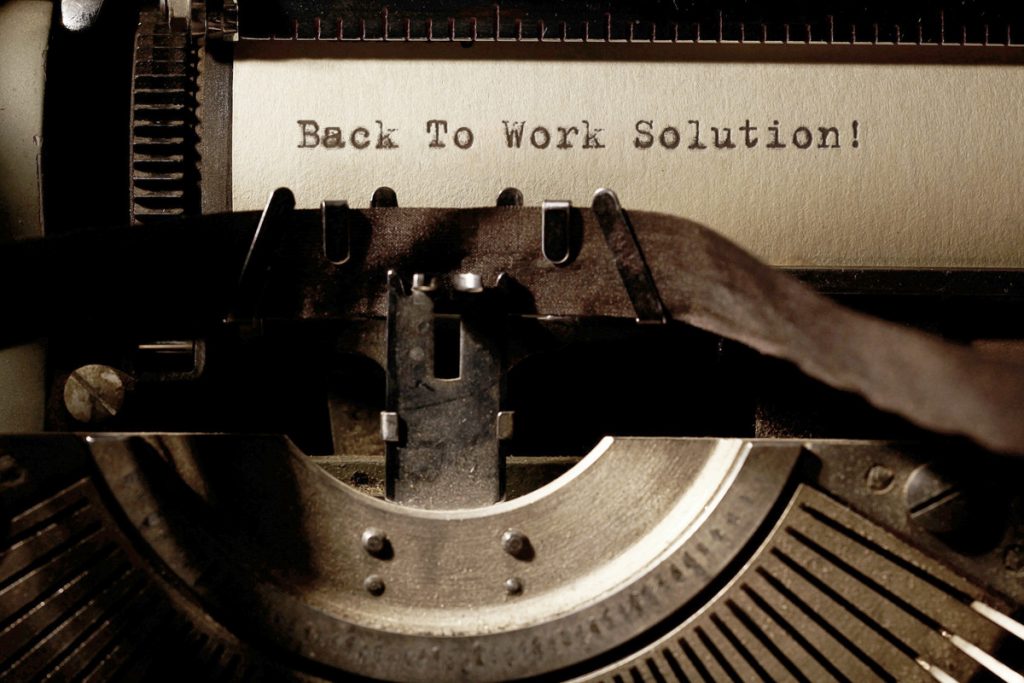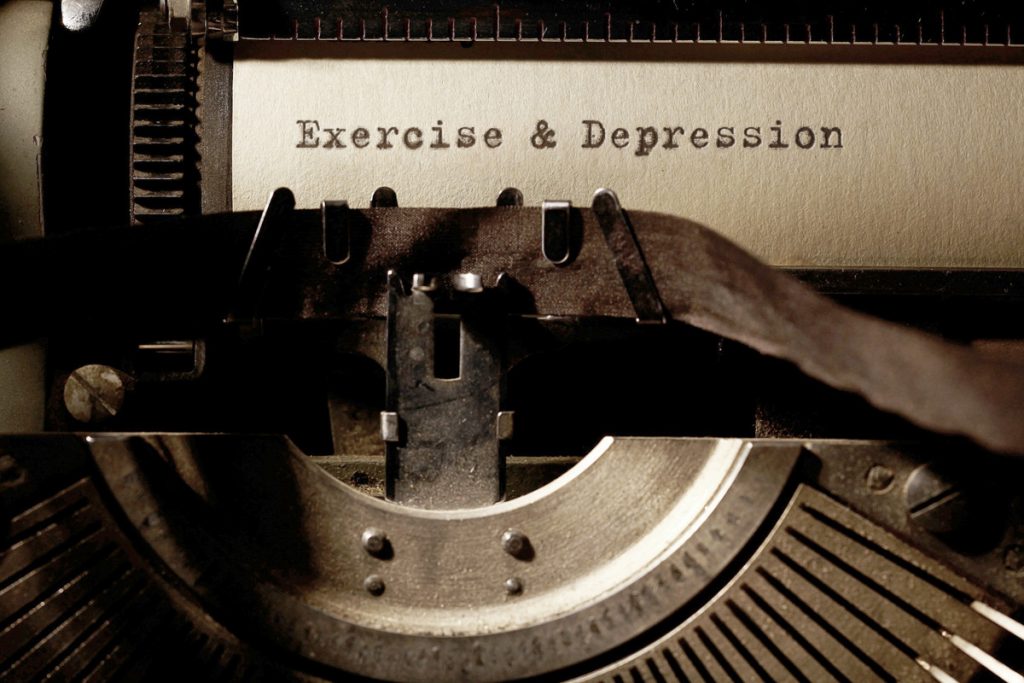
Back-to-Work Sanctions: A Path to Employment and Economic Growth
The issue of unemployment is a persistent challenge that governments worldwide face. Despite various measures, many individuals capable of working remain jobless, leading to economic and social issues. One of the controversial methods employed to address this problem is back-to-work sanctions. These sanctions, aimed at compelling the unemployed to find work, often exacerbate the difficulties faced by job seekers rather than resolving them. A more constructive approach would involve the government taking a proactive role in job creation and supporting entrepreneurial endeavors.
Instead of penalizing vulnerable individuals, a more compassionate and effective solution to unemployment should be pursued. Disabled people who have sufficient medical evidence to support their PIP claims must not be victimized; rather, they should be provided with the support they need. Additionally, those with mild symptoms, entrenched in the “sick note culture” should be encouraged to seek therapy to create a comprehensive medical history. This would not only help address their health issues but also provide a clear path for potential recovery. For those on long-term sick leave, encouraging them to start their own business could be a transformative step. By offering entrepreneurial training and support, the government can help these individuals find new purpose and contribute to the economy, turning a potential burden into an opportunity for growth and innovation.
An alternative method to address long-term unemployment and support those on long-term sick leave is to encourage them to learn a new trade or skill through higher education. By providing access to vocational training programs, community college courses, and online learning platforms, the government can empower these individuals to gain new qualifications and skills that are in demand in the job market. This approach not only enhances their employability but also promotes personal development and resilience. Offering scholarships, grants, and financial aid can make higher education more accessible, while partnerships with industries can ensure that the training provided aligns with current workforce needs. By investing in education and skill development, the government can create a more adaptable and skilled workforce, reducing long-term dependency on benefits and fostering economic growth.
The Problems with Back-to-Work Sanctions
Back-to-work sanctions penalize individuals for failing to secure employment within a specified timeframe by reducing or withdrawing their benefits. While intended to motivate job seekers, these sanctions often lead to adverse outcomes.
The primary issues include:
- Increased Financial Hardship: Sanctions reduce the financial support available to individuals, exacerbating poverty and limiting access to essential resources.
- Mental Health Strain: The pressure to find a job under threat of sanctions can cause significant stress and anxiety, adversely affecting mental health.
- Ineffectiveness: In many cases, the lack of available jobs, rather than a lack of effort, is the reason for prolonged unemployment. Sanctions do not address the root cause of the problem.
Government Responsibility in Job Creation
Forcing individuals to find work without addressing the availability of jobs is an inadequate solution. Instead, the government should take responsibility for creating employment opportunities. This can be achieved through various strategies:
- Public Sector Jobs: The government can directly create jobs by expanding public services and infrastructure projects. Investments in healthcare, education, and transportation not only provide employment but also enhance public welfare.
- Incentives for Private Sector Employment: Offering tax breaks, subsidies, and grants to businesses that hire and train unemployed individuals can stimulate job growth in the private sector.
- Support for Small and Medium Enterprises (SMEs): SMEs are significant job creators. Providing financial assistance, reducing bureaucratic hurdles, and offering business development services can help these enterprises expand and hire more workers.
Encouraging Entrepreneurship
For those who remain unemployed after six months despite government efforts, starting a business can be a viable alternative. Encouraging entrepreneurship has several benefits:
- Economic Growth: New businesses contribute to economic growth through innovation, job creation, and increased competition.
- Personal Empowerment: Entrepreneurship allows individuals to take control of their careers, potentially leading to greater job satisfaction and financial independence.
- Community Development: Small businesses often serve local communities, fostering economic development at the grassroots level.
Government Support for Entrepreneurs
To facilitate the transition from unemployment to entrepreneurship, the government can implement the following measures:
- Training and Education: Offering courses on business planning, financial management, and marketing can equip potential entrepreneurs with the skills needed to succeed.
- Access to Capital: Providing low-interest loans, grants, and investment opportunities can help overcome the initial financial barriers to starting a business.
- Mentorship Programs: Connecting aspiring entrepreneurs with experienced business owners can provide valuable guidance and support.
- Simplified Regulatory Framework: Reducing red tape and simplifying the process of starting and running a business can encourage more people to take the entrepreneurial leap.
The government can play a pivotal role in helping startups and B2B enterprises find work and support SMEs by implementing a range of targeted initiatives. Providing access to low-interest loans and grants can ease financial burdens for new businesses, enabling them to invest in growth and innovation. Additionally, offering tax incentives and credits for businesses that hire from the unemployed workforce can stimulate job creation. Establishing incubator programs and business development centres can provide essential resources, mentorship, and networking opportunities to startups and small businesses. Furthermore, fostering partnerships between large corporations and SMEs can create supply chain opportunities and boost market access. By creating a supportive ecosystem through these measures, the government can enhance the viability and success of startups and SMEs, driving economic growth and job creation.
Conclusion
Back-to-work sanctions are an inadequate and often counterproductive method for addressing unemployment. A more effective approach involves the government taking a proactive role in job creation and supporting entrepreneurial ventures. By expanding public sector jobs, incentivizing private sector employment, and fostering an environment conducive to entrepreneurship, the government can help individuals find meaningful work and contribute to economic growth. This strategy not only addresses the immediate issue of unemployment but also lays the foundation for a more robust and resilient economy.
People who are willing to work should be given the opportunity to be employed, rather than being turned away at job interviews. To achieve this, the government can offer incentives to employers, such as grants and tax breaks, encouraging them to hire more individuals. By providing financial support to businesses that expand their workforce, the government can create a more inclusive job market where motivated job seekers are not left behind. This strategy not only helps reduce unemployment but also stimulates economic growth by increasing consumer spending and productivity. Ensuring that eager workers are not dismissed due to budget constraints or other limitations benefits both the individuals seeking employment and the broader economy.
People who are not willing to take a job, go into higher education, or start a business should be sanctioned if they are well enough to work.
People with disabilities and illnesses need documented medical evidence and history to prove they are unfit for work.
If policymakers find this article insightful and wish to spread awareness or brainstorm, please contact the editor to initiate the conversation. We can support startups by developing websites, content creation, and digital marketing.










